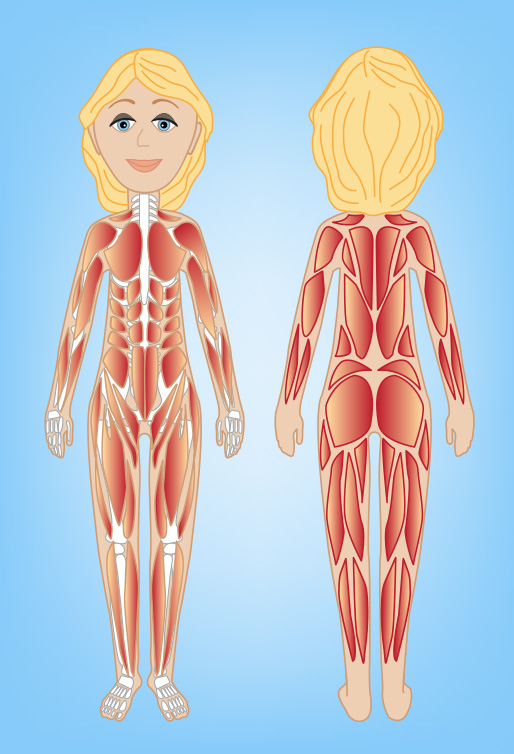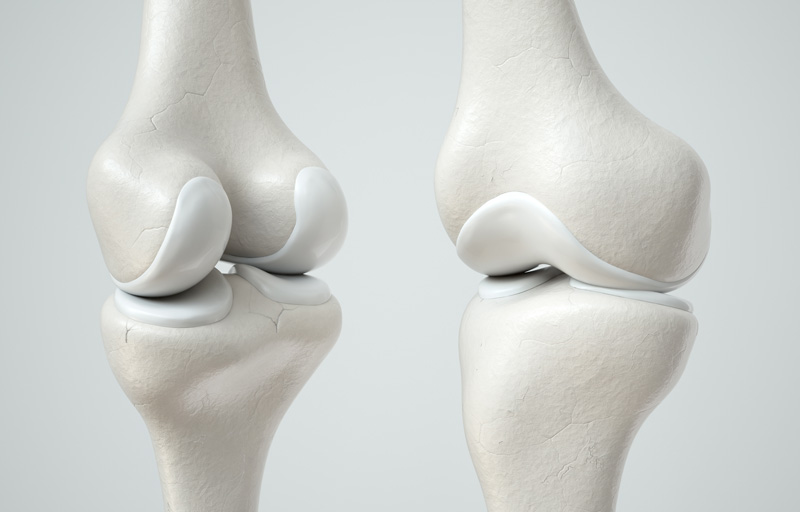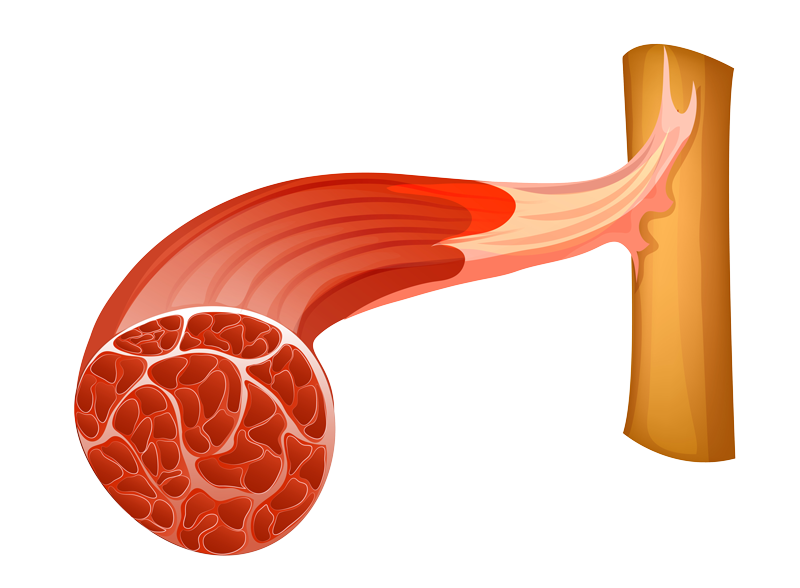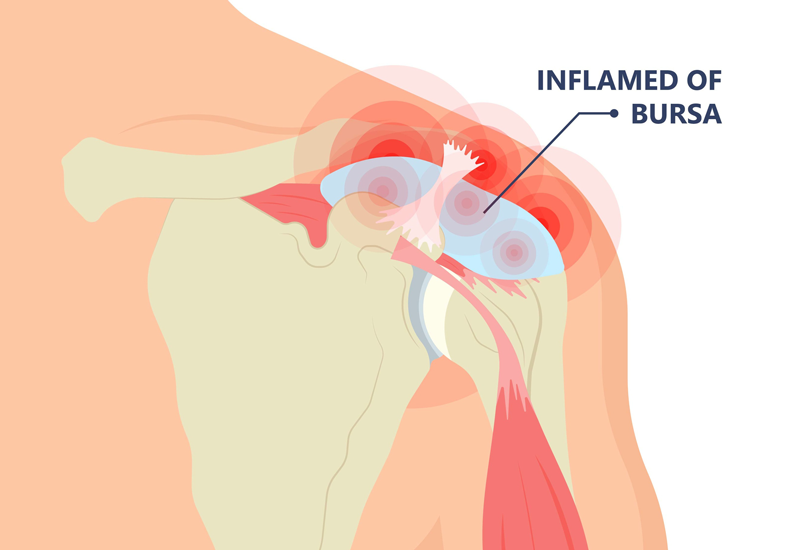Soft Tissue Pain
Overuse, wear and tear, sprains and strains (injuries) are the primary causes of soft tissue pain- a term that is used to refer to most of the other structures in the body besides bone.
Muscle, fascia, tendons, ligaments, cartilage, internal organs, synovia (bursa), nerves and blood vessels are different types of soft tissue structures.
Because of their placement in the body, these structures produce varying types of sensations and therefore experiences of pain- which can be very confusing and worrisome.
‘ itis’ means irritation. Those letters are attached to the ending of a word to describe the place where this irritation has occurred (for example myositis in muscles, tendonitis in tendons, bursitis in bursae)

MUSCLES & TENDONS:
- There are more than 600 muscles in the adult human body. Skeletal muscles originate from the boney structure of the body (the skeleton) and are comprised of hundreds of individual muscles fibres.
- Muscles originate on one bone and are attached to another bone by tendons – thus allowing movement to occur. (joint movement)
- Muscles usually move in opposition to one another – e.g., when you bend your elbow, the biceps muscle in the upper arm contracts or tightens while the muscle on the other side of the bicep- called the triceps muscles, relaxes or lengthens.
- That is one reason why in order to have an efficient strengthening program, muscles must be strengthened in all their movement directions – frontwards, sideways, backwards. inwards, outwards
- Tendons are strong tissues located at the end of each muscle. Many tendons are encased in their own sleeve or synovial sheath.
- Muscles and tendons can result in pain problems when they are overstretched or injured in some way.(tendonitis, tenosynovitis)
- Tiny tears can also occur in muscles when they are is stretched beyond their normal limits (range)
- Because of the OUCH, the muscles may not want to move and over time, can result in shortening.
- An irritation in the muscles, is often the result of some type of inflammatory condition and is called a myositis.
LIGAMENTS:
- Are strong tissues that connect bone to bone to form a joint
- Ligaments limit or prevent certain movement.
- Because of their limited elastic qualities (stretchiness), ligaments will lengthen under tension and then return to their original shape (when the movement is completed).
- If ligaments are stretched beyond a certain point (their functional range) or for too long, they can tear.
- Small tears in ligaments are usually not dangerous and strengthening the muscles surrounding the joint will provide the stability the joint needs to remain functional.
- If a torn ligament cannot return to its original shape, it may need to be surgically repaired (as in the achilles or heel tendon,)


CARTILAGE
- Rubbery-like and slippery substances located in different parts of the body, cartilage acts as a shock absorber for many joints (e.g. .the knee)
- Over time, minor tears can occur in the cartilage causing other reasons for joint pain.
FASCIA:
- is the strong connective tissues that surrounds many organs, muscles, nerves, blood vessels and bones.
- Providing stability, fascia is not very elastic, and it is therefore difficult at times to stretch muscles located under the connective tissue. (as in the abdomen and rib cage)


BURSA:
- Sacs of synovial fluid cushion several of the joints in the body, acting as additional shock absorbers.
- Joints with a lot of movement (the shoulder, the hip),have bursae to help cushion the different movements; they can also become irritated over time resulting in a bursitis.
Although the OUCH is processed in our brain, the initial cause or reason for the soft issue pain is often located somewhere in our physical body.
Applying conservative methods of treatment (heat, cold, rest, exercise, etc.) can assist soft tissue structures to heal faster, enabling an earlier return to activity.

